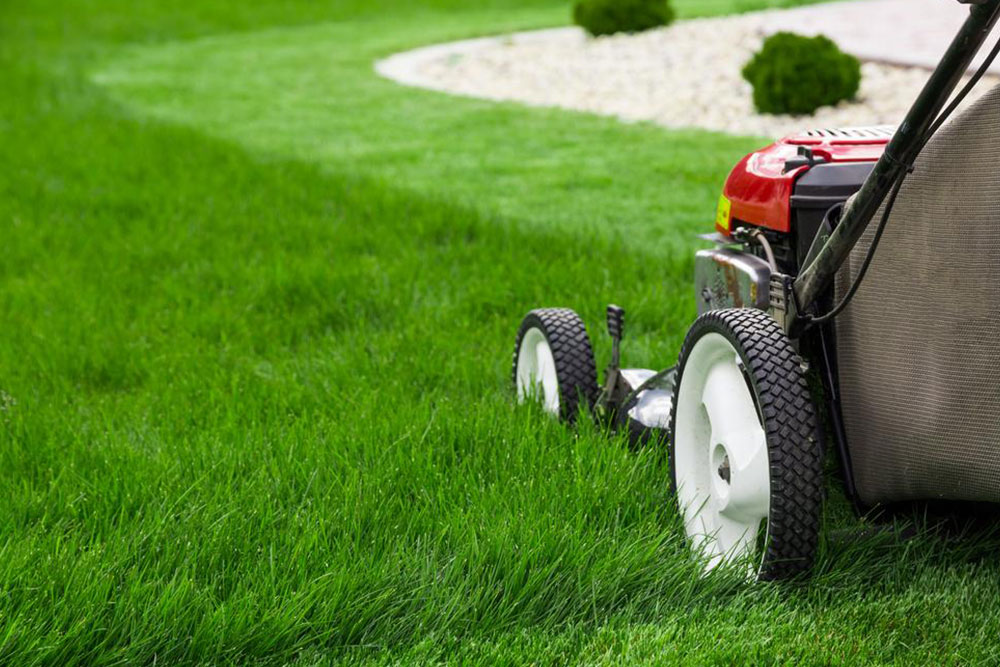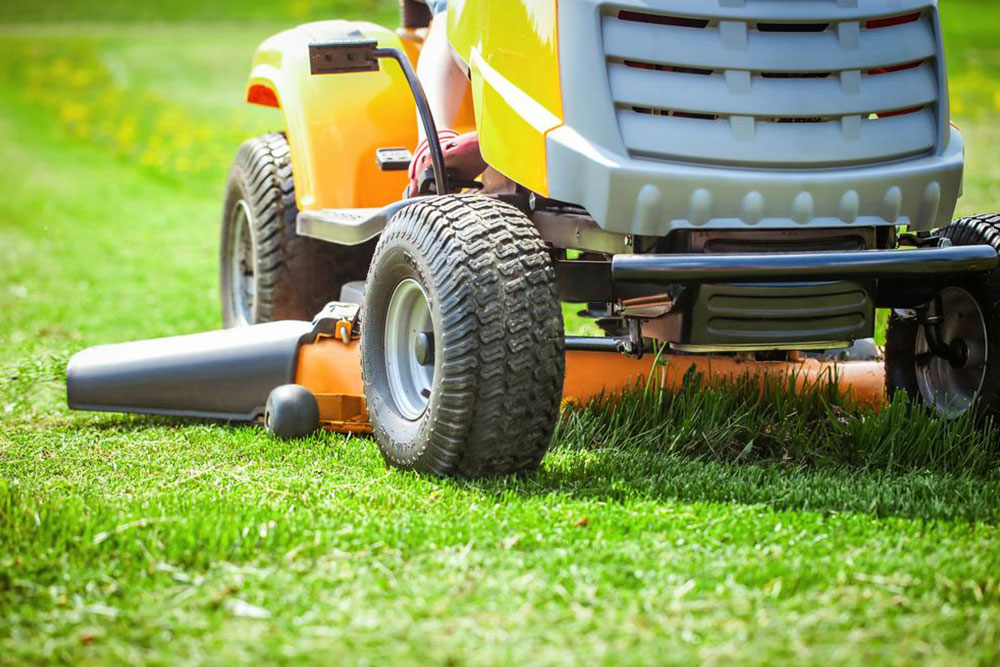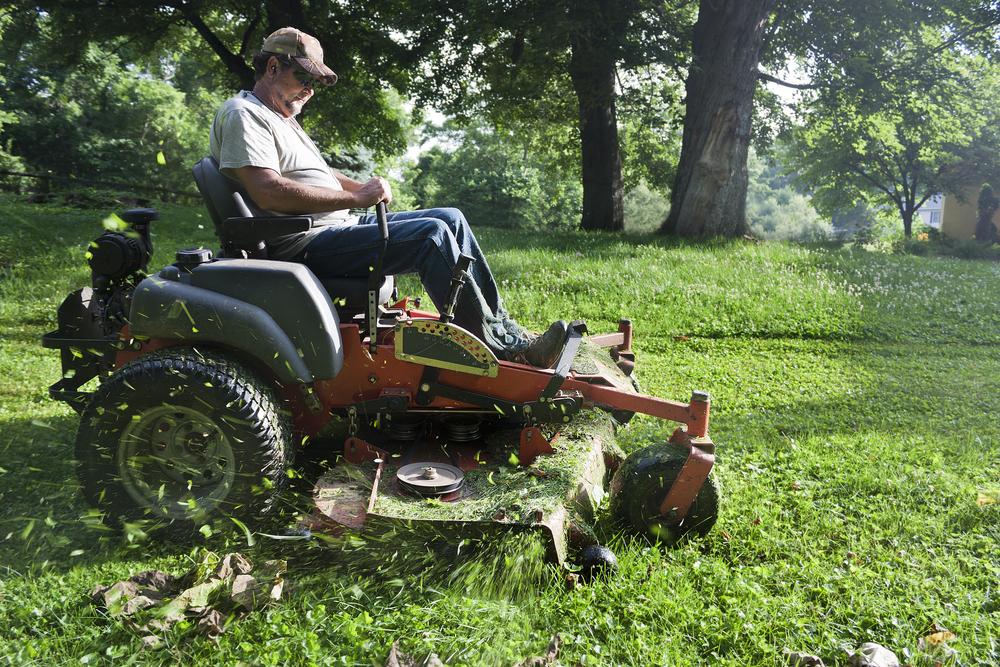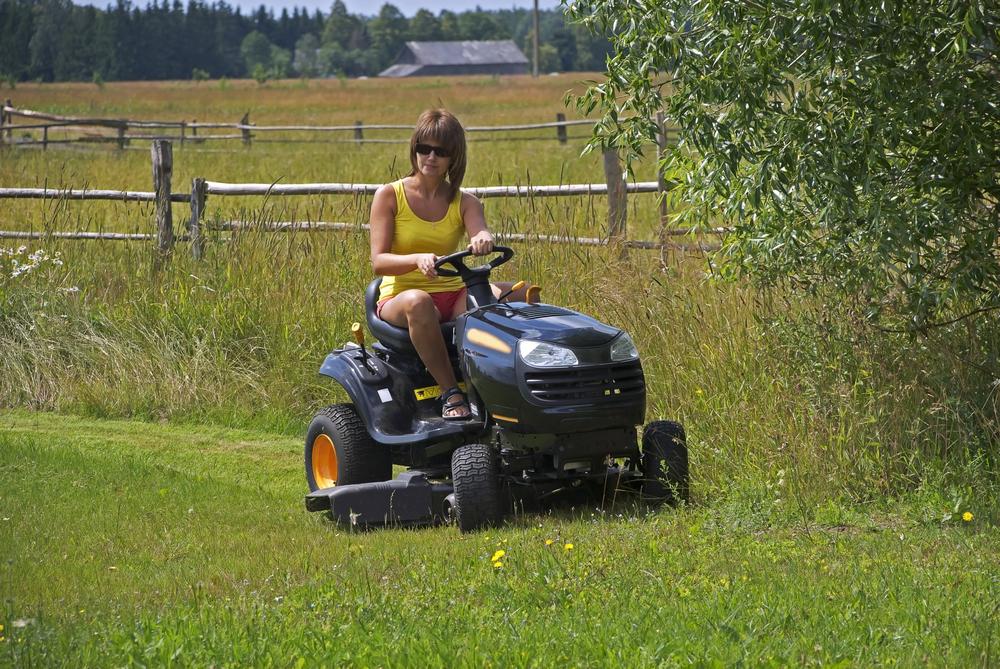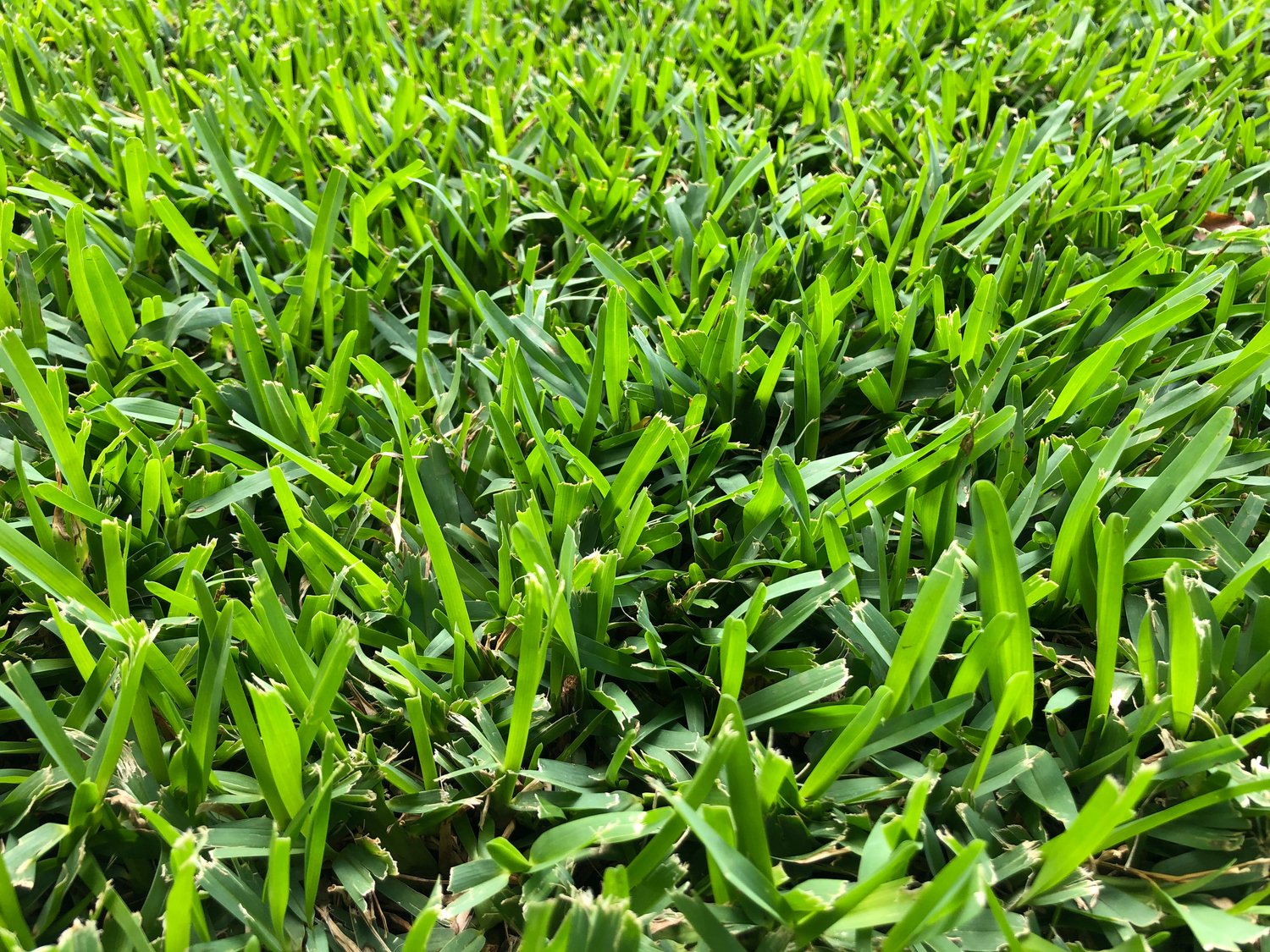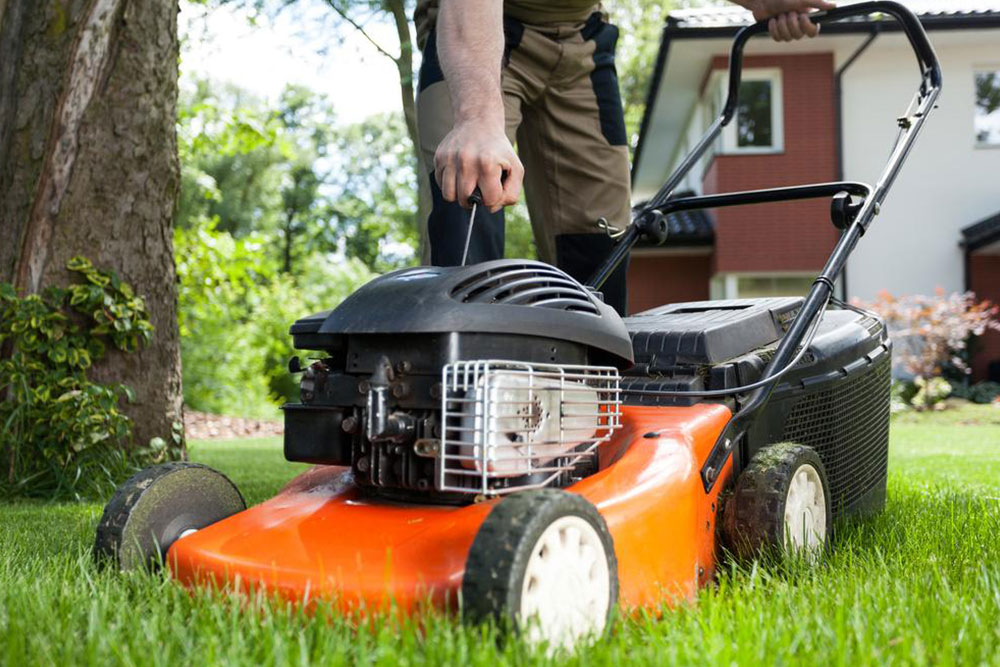Effective Strategies for Controlling Quackgrass
Learn effective methods to control and eliminate quackgrass, a persistent weed that threatens your garden's health. This article covers manual, cultural, and chemical approaches to keep your lawn lush and free from invasive quackgrass. Proper identification and consistent maintenance are key to successful eradication, ensuring long-term garden vitality and aesthetics.
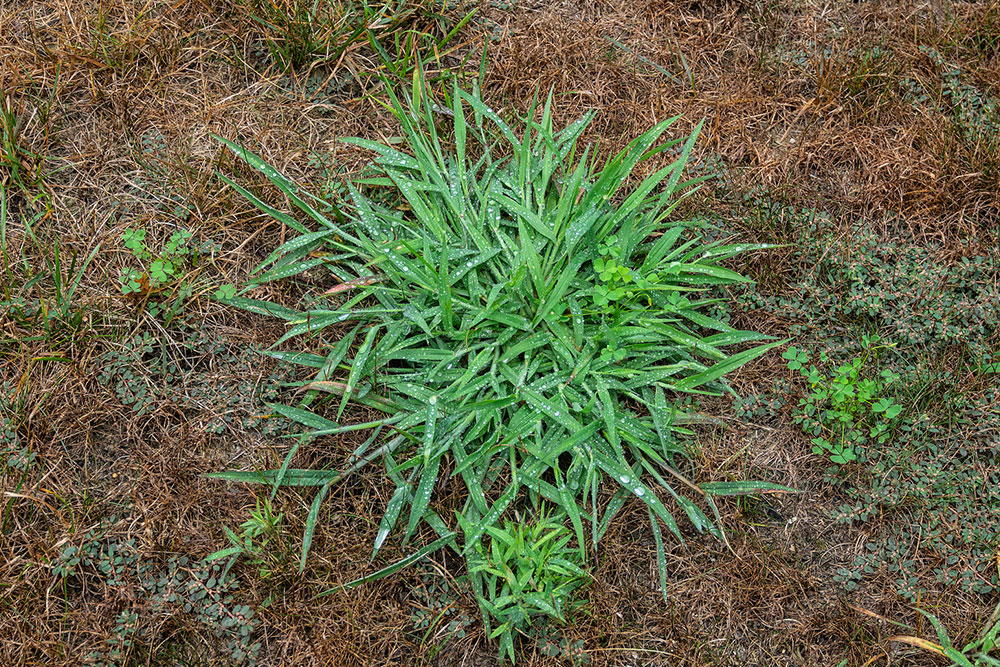
Managing a garden involves more than just planting and watering; weed control is essential for a thriving outdoor space. Quackgrass, a stubborn perennial weed that can reach up to 4 feet in height, often infiltrates lawns and gardens, stealing nutrients and choking out desirable plants. Identifying quackgrass by its broad, rough leaves with clasping auricles helps in early detection. Since it spreads through underground runners and produces numerous seeds, persistent removal is necessary to prevent its takeover. Various methods, both chemical and manual, can be employed to eradicate this invasive weed effectively.
Manual uprooting by carefully digging around the roots can eliminate patches but requires patience and precision to avoid breaking the roots, which can cause regrowth.
Overseeding with dense grass varieties helps fill gaps and suppresses quackgrass emergence over time.
Solarization using clear plastic traps heat from sunlight, killing mature weeds but may also affect nearby plants if not used cautiously.
Smothering with mulch or landscape fabric can starve out quackgrass without chemicals, offering a sustainable control method.
Applying targeted herbicides can selectively kill stubborn patches when used with care, ensuring minimal impact on surrounding plants.
Achieving a weed-free lawn requires consistent maintenance, but with suitable techniques, you can keep quackgrass at bay and enjoy a lush, healthy garden.
